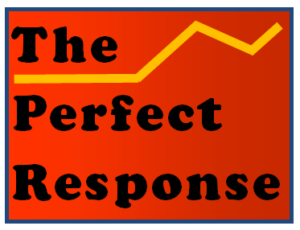Qualifiers are sometimes just qualifiers, but they become ‘markers’ if their effect is to covertly invite others to share prejudicial attitudes.
In verbal analysis, “markers” are unnecessary terms added to a description, frequently pointing to a bias within the writer or speaker. They masquerade as innocent modifiers, but can also have the effect of passing off a taboo attitude that cannot be plainly announced. A journalist that repeatedly refers to a criminal proceeding as involving “the black suspect” may giving away a predisposition that reveals embedded racism. The same might be said of rhetoric that describes “those Jewish bankers,” “the Sikh Attorney General,” “the lady surgeon,” or the “gay shop-owner.” Why not just “shop owner” or “surgeon?” To be sure, there are times when a qualifier may be useful. But irrelevant adjectives and nouns covertly raise an eyebrow of doubt. I had a relative who added markers only when she wanted to remind us of her displeasure with some ‘out’ group in 50s white America: perhaps “the Catholic family” down the street, or “the Jew who runs the butcher shop.” The added descriptors were not completely innocent. Signals had been sent and received, though not always in intended ways. Markers made her anti-semitism obvious.
President Donald Trump lays down markers like a gambler on a binge.
This is the same process when people complain of politicians using “dog whistles,” which are essentially terms that signal support for a discredited bias, but with a certain deniability. “I didn’t mean anything by the reference” is usually the disingenuous defense.
President Donald Trump lays down markers like a gambler on a binge, though not all are about race. We hear about “the failing New York Times,” the “Amazon Washington Post,” “Crooked Hillary,” or “the Mexican judge” (Gonzalo P. Curiel, an American judge who ruled against Trump University in 2016). Negative judgmental language is a signature of his public rhetoric, serving as bait for core followers lost in the weeds of resentment and fantasized slights.
Can it be any surprise that hate crimes are on the rise in the United States? The frequent observation that Trump has triggered a wave racial animosity in his rhetoric can be partly attributed to this habit. Not only is it dishonest to use a marker as a backdoor for communicating prejudice, it’s also signals a certain linguistic cowardice. Owning a stale attitude about any category of individuals is bad enough. Hiding it under the thin rhetorical veneer of a supposedly innocent qualifier is the mischief of a practiced demagogue.
![]()

